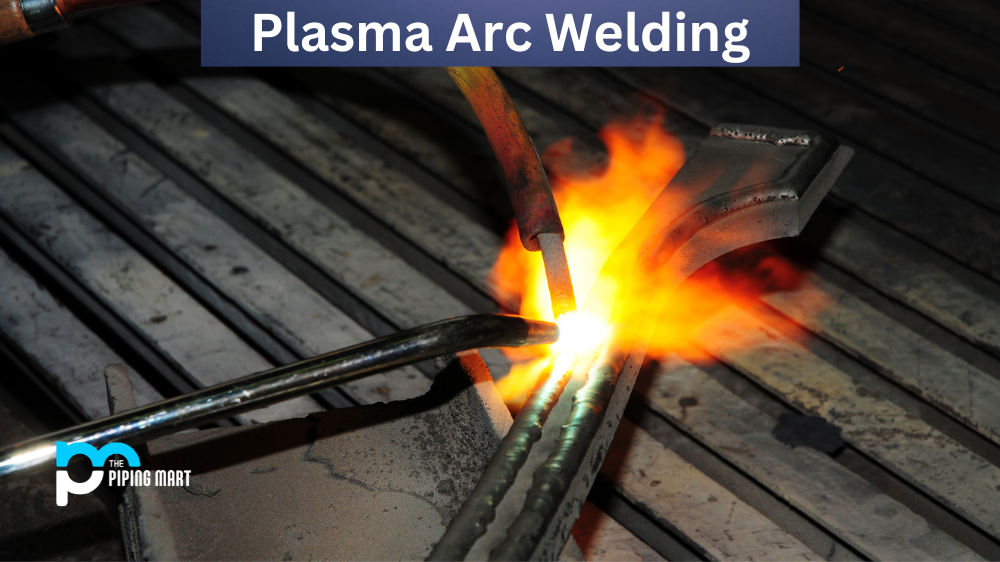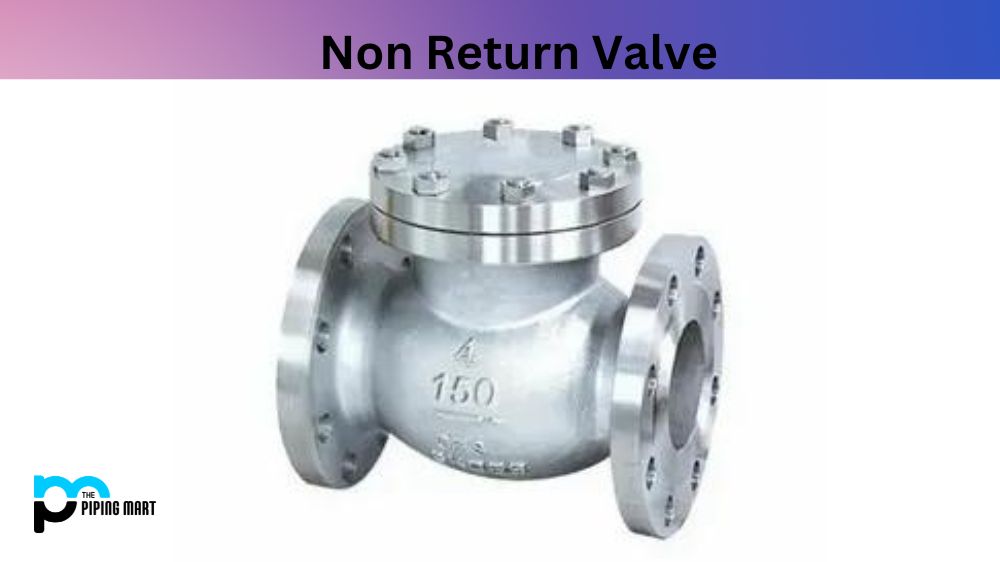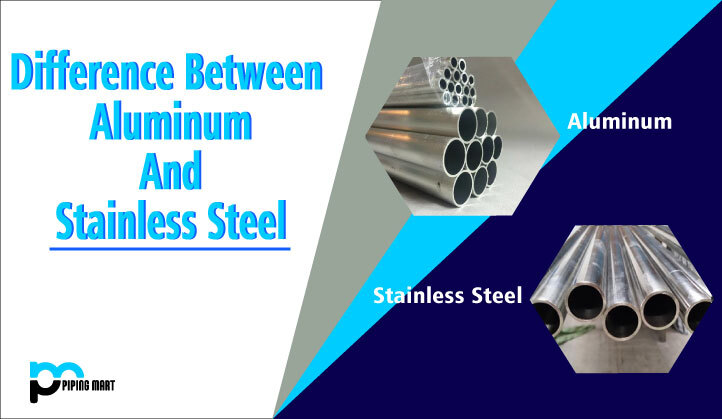If you’ve ever seen photos or videos of people welding metal together, you were likely looking at plasma arc welding (PAW). This type of welding is often used in the automotive, aerospace, and construction industries. It has a number of advantages over other types of welding and can be used for many projects. Let’s take a closer look at PAW and how it works.
What is Plasma Arc Welding?
Plasma arc welding is a highly efficient form of welding that involves using a plasma torch to heat and fuse metal pieces together. This type of welding produces an intense arc that can reach temperatures up to 20,000°C. The extremely high temperature created by the plasma arc is able to more effectively cut through thicker metal pieces and allows for a much faster join using fewer consumable parts than other forms of welding. Plasma arc welding is also usually more effective when joining two different types of metal together since it can better penetrate even difficult-to-weld materials. Thus, it has become an increasingly popular form of weld today, used in many industries, including automotive and aerospace.
How Does Plasma Arc Welding Work?
In plasma arc welding, an electric arc is created between the tip of a special electrode and the workpiece. This electric arc creates an intense heat that melts the metals together, so they form a weld joint. The plasma arc torch also provides shielding gas to protect the weld from contaminants in the atmosphere. As a result, PAW can be used in even the most challenging environments where traditional welding would be difficult or impossible.
Plasma Arc Welding Uses
Plasma arc welding is typically used to join stainless steel and other non-ferrous metals such as aluminium, copper alloys, titanium, magnesium alloys, zinc alloys, nickel alloys, gold alloys, silver alloys and more. It’s also suitable for joining dissimilar materials like aluminum to steel or stainless steel to copper. PAW can also be used for surfacing applications such as hard-facing and cladding. And because plasma arcs travel faster than traditional arcs—and with less spatter—it’s ideal for high-speed production lines where speed and accuracy are essential.
Conclusion:
Plasma arc welding is one of the most versatile methods of joining metals available today. From repairing aircraft wings to constructing bridges and buildings, PAW offers a reliable way to create strong welds quickly and efficiently in any environment. If you’re looking for a fast way to join two pieces of metal together securely—especially if they’re made from different materials—you should consider using plasma arc welding as your go-to solution!
Meet Heer, a dynamic and driven writer learning tricks of her trade in the metal industry. With a background in Digital Marketing, Heer brings a unique perspective to her writing, sharing valuable insights. Apart from blogging she like reading and hiking.




